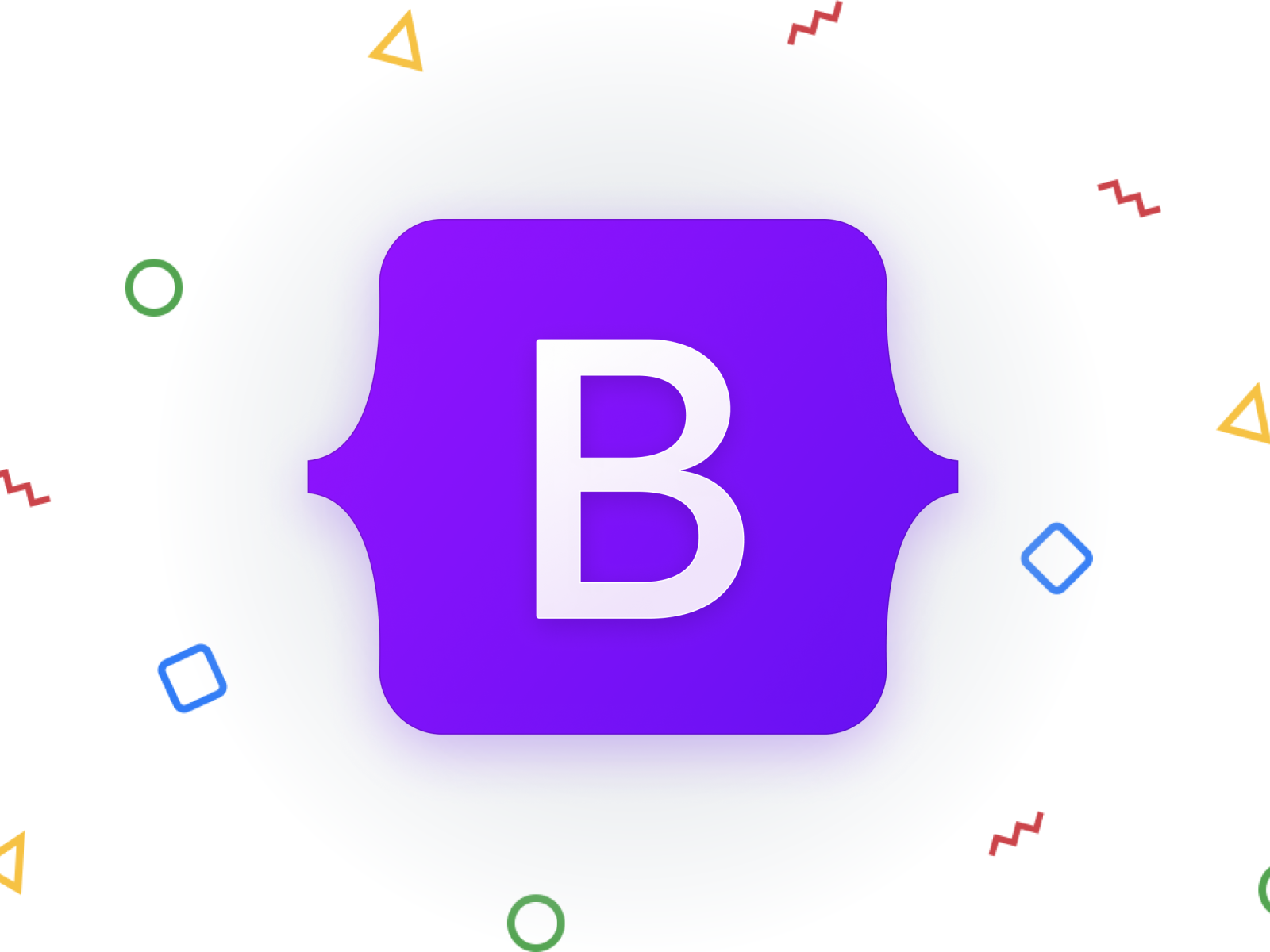UI Frameworks: Why Would Anyone Bother?
09 Oct 2024
Why Use UI Frameworks Like Bootstrap 5?
When it comes to building websites, developers face the choice between using raw HTML and CSS or turning to a UI framework like Bootstrap 5. It can be tempting to avoid frameworks since they have a learning curve and can seem as complicated as a new programming language. However, there are several benefits that make using UI frameworks worth the effort. This essay will explore why developers bother with frameworks and why they matter, along with some of my personal experiences using Bootstrap 5.
What Are UI Frameworks?
A UI framework is a set of pre-made code that helps developers build the look and feel of a website. Frameworks like Bootstrap provide ready-to-use CSS and JavaScript for common elements like navigation bars, buttons, and forms. The goal is to speed up development, make sites responsive, able to adjust to different screen sizes, and keep the design consistent across the site.
The Benefits of Using a UI Framework
-
Faster Development
Similar to how cooking a recipe the first time takes a while but you become quicker the more proficient you are with it, frameworks speed up the process of creating websites by providing built-in components and building a familiarity with its syntax. Instead of starting from scratch for every project, you can use the framework’s pre-designed elements to get things up and running quickly. Once you get familiar with a framework, it can save even more time.
-
Responsive Design
Making websites work well on different devices is a big challenge when coding from scratch. Bootstrap 5 has a built-in grid system and classes that make it easy to adjust layouts for various screen sizes, so you don’t have to write custom code for every scenario.
-
Consistency in Design
A framework gives a standard look and feel to different parts of a website. This makes it easier to keep everything looking uniform without having to manually style every element. Without a framework, making sure everything matches in color, font, and spacing would take more time.
-
Cross-Browser Support
Not all web browsers behave the same way, and a website might look different on Chrome than it does on Firefox. Frameworks are designed to handle these differences, so you don’t have to spend time fixing issues for different browsers.
-
Community Support
Build projects long enough and you’ll eventually have a run-in with documentation that was lackluster, and the nightmare that entails. Frameworks like Bootstrap have a large community, with lots of tutorials, documentation, and pre-existing code available. This makes it easier to solve problems when they come up. Since the community keeps the framework updated, you can stay on top of the latest web standards.
The Downsides of Using a Framework
-
Learning Curve
It takes time to learn how to use a framework properly. The process can be frustrating because you need to understand the classes and structure used by the framework, which might not always make sense right away.
-
Limited Customization
Sometimes, the framework’s built-in styles might not fit the exact look you’re going for. Customizing these styles can be tricky and may end up taking more time than coding things yourself from the start.
-
Extra Code
Frameworks include a lot of built-in features, and if you only use some of them, your website may end up with a lot of unused code. This can slow down the website’s performance if you don’t optimize it. I had this problem myself just in creating some mock-up websites.
My Experience with Bootstrap 5
When I first started using Bootstrap 5, it felt limiting because I had to learn a new way of structuring my web pages. But as I got used to the grid system and utility classes, I found it much easier to create designs without writing tons of custom code. There were times when I needed more control over the design, and customizing Bootstrap’s default styles was a bit frustrating. However, the time saved on other parts of the project, such as not having to go back and forth between the standard HTML / CSS files, made it worth it.
Why Not Just Use Raw HTML and CSS?
While it’s possible to create a website using only HTML and CSS, it takes more time and effort. You’d have to manually create solutions for things like responsiveness and browser compatibility every time. Frameworks come with these solutions built-in, making it easier to focus on the site’s functionality and user experience.
Conclusion: Why It’s Worth It
UI frameworks follow good software principles like reusing code and organizing styles in a structured way. They help reduce complexity, making it easier to work with larger projects and keep the code maintainable. The benefits of faster development, responsive design, and consistent styling make the initial investment in learning a framework like Bootstrap 5 pay off. While it may not be necessary for small projects, it becomes very helpful for larger projects or when you’re on a tight deadline.